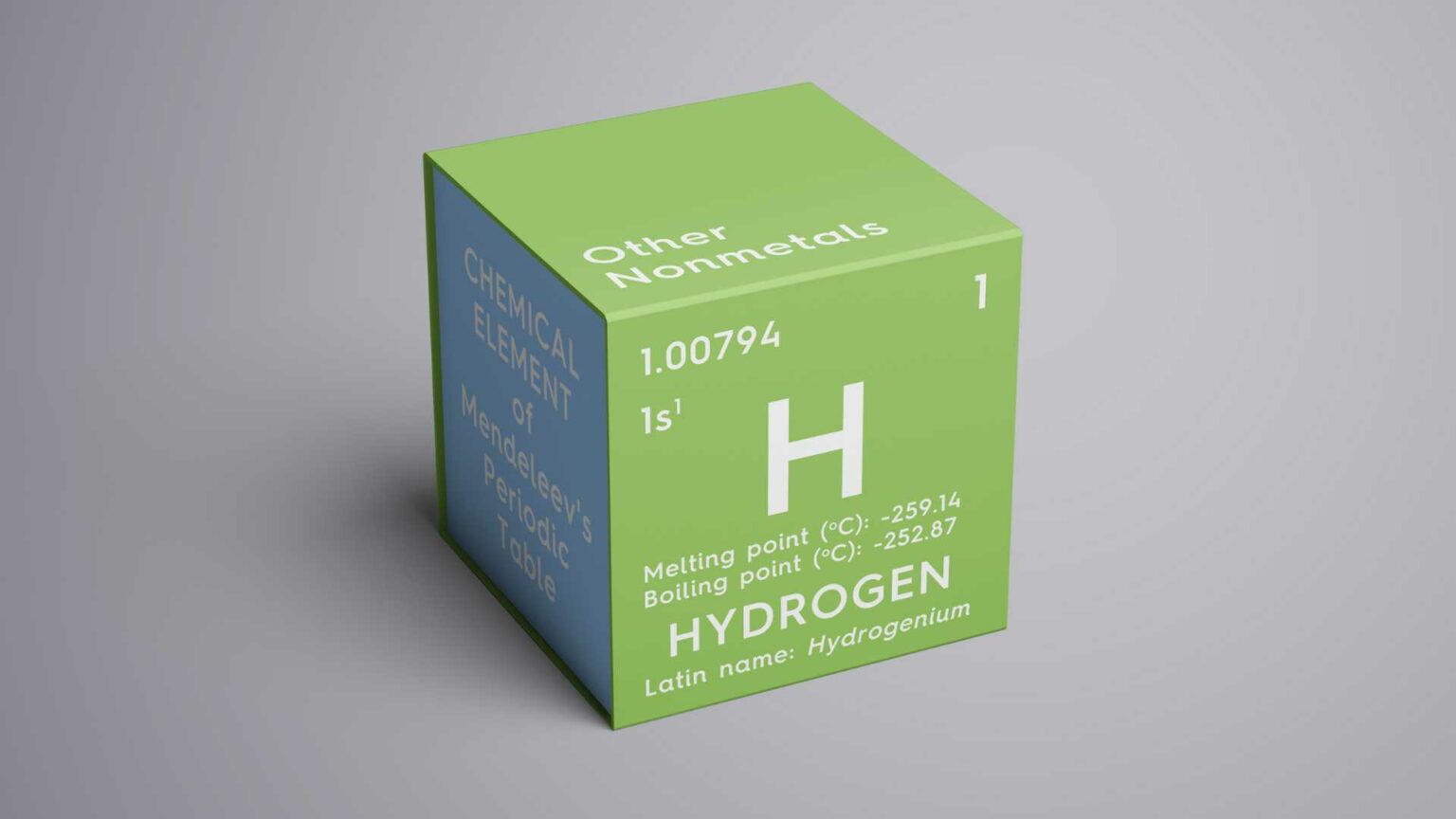Green hydrogen is gaining traction as a key player in transitioning to a sustainable energy future. Produced through electrolysis of water using renewable energy, green hydrogen offers a carbon-free alternative to traditional hydrogen methods.
As the world aims to cut emissions and enhance energy security, integrating green hydrogen into various sectors, notably nuclear power, is becoming vital. This article examines how green hydrogen could revolutionize nuclear power plants, discussing its benefits, challenges, and future prospects.
The integration of green hydrogen can significantly boost energy efficiency and storage capabilities in nuclear power plants. While nuclear plants consistently generate electricity, the intermittent nature of renewables like wind and solar presents stability challenges. Using excess electricity from nuclear reactors to produce green hydrogen through electrolysis allows for effective energy storage and utilization during low generation periods, optimizing electricity use and stabilizing the energy grid.
Though nuclear power is already low-carbon, its potential to reduce greenhouse gas emissions can be further enhanced with green hydrogen. Acting as a clean fuel for transport and industry, green hydrogen can amplify decarbonization efforts. By producing green hydrogen within nuclear plants, they can serve hard-to-decarbonize sectors such as steel and cement, significantly lowering overall emissions.
Linking green hydrogen with nuclear power also propels the hydrogen economy forward. A hydrogen economy depends on widespread hydrogen use as a clean energy carrier. Establishing hydrogen production and distribution infrastructure within nuclear facilities sets the stage for robust economic growth, supporting hydrogen refueling stations, transportation, and industrial applications, thereby creating jobs in the green hydrogen sector.
Technological Innovations and Improvements
Efficiency in green hydrogen production within nuclear power plants hinges on advanced electrolysis technologies. Proton Exchange Membrane (PEM) and Solid Oxide Electrolyzer Cells (SOEC) are key technologies. PEM electrolysis offers fast response and high purity hydrogen, ideal for nuclear plant integration. SOEC, operating at high temperatures, pairs well with nuclear reactors, enhancing the feasibility and economic sense of green hydrogen production in these settings.
Next-gen nuclear reactors like Small Modular Reactors (SMRs) and Generation IV reactors offer heightened safety and efficiency. Integrating green hydrogen production into these advanced reactors can further optimize energy generation and use. SMRs, with their modularity and adaptability, can easily incorporate hydrogen systems, while Generation IV reactors can leverage green hydrogen for effective energy storage and decarbonization solutions.
Supportive policies and regulations are critical for the future of green hydrogen in nuclear power plants. Governmental encouragement for research, development, and deployment of hydrogen technologies, alongside incentives for renewable energy and infrastructure development, can speed up adoption.
As clean energy demand grows, the market for green hydrogen will expand. Advances in electrolysis, storage, and distribution will spur further progress. Increased R&D investment will yield more efficient and affordable solutions, enhancing green hydrogen’s integration into nuclear power.
International cooperation and information exchange are crucial for advancing green hydrogen and its nuclear integration. Global partnerships and research collaborations will foster best practices and innovative solutions, contributing to the worldwide advancement of green hydrogen technologies.
